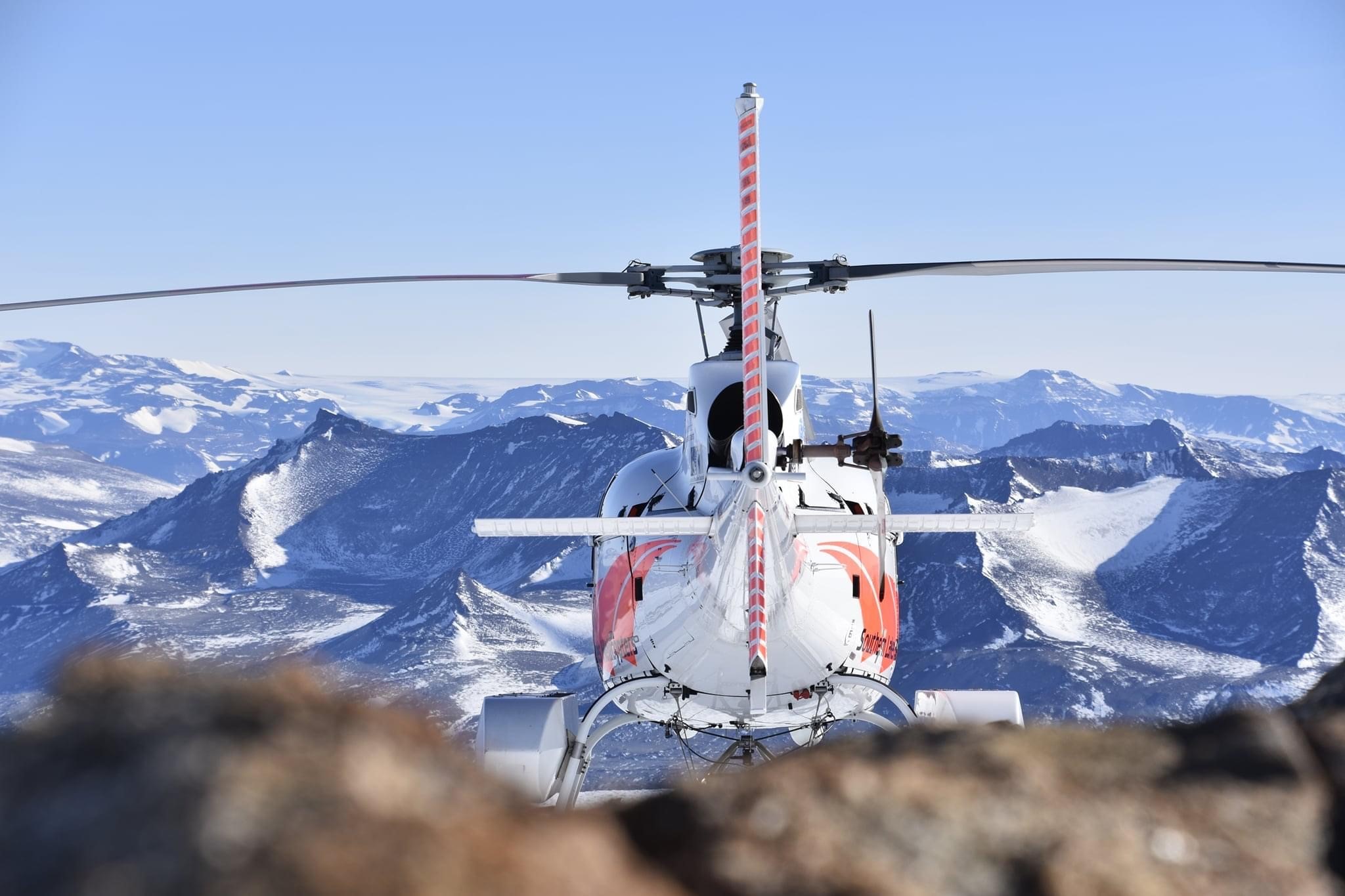Our Helicopters supporting critical studies in Antarctica
December 11, 2023
Antarctica – it’s a rough, rugged and dangerous landscape. It’s isolated, it’s quiet and it’s cold. Really cold. So, in 2012, when Southern Lakes Helicopters won the contract to send a small crew and a helicopter to Scott Base in Antarctica for a season, we were equally excited and nervous for the cold adventure. Cut to 2023, and Pilot Andrew Hefford is celebrating his 10th season of visiting the southernmost, coldest, driest and windiest continent on earth – and he loves it.
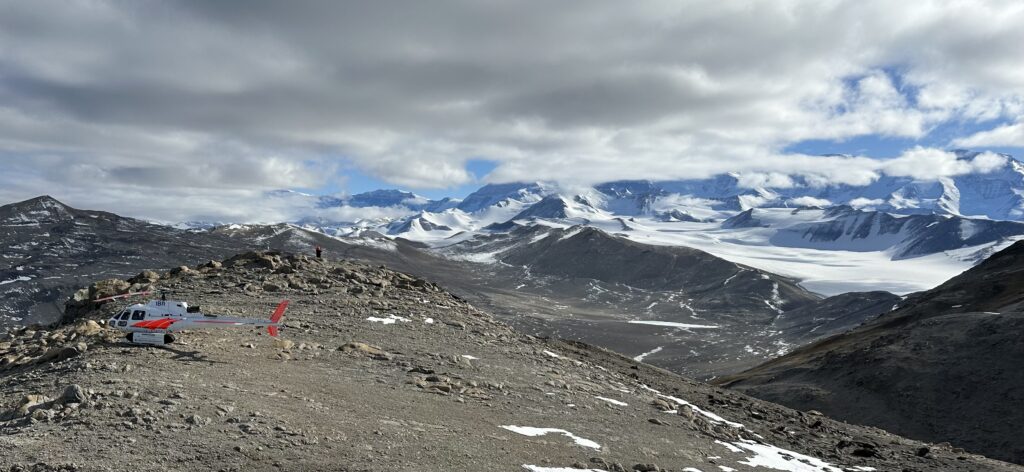
Why send a Helicopter to Antarctica?
SLH sends a helicopter, a pilot and an engineer to Antarctica through the summer months from December – March every year. Here, the team are tasked with supporting key research projects all relating to global climate change research. Back in 2012, it was the technical expertise of Sir Richard Hayes that helped win the contract with Antarctica New Zealand, and it’s that technical expertise that makes Southern Lakes Helicopters the only helicopter partner in Antarctica from New Zealand today.
Every year, during the preparation for the flight, the helicopter is flown to Christchurch, where it has its rotor blades removed, and then it is weighed before being expertly loaded into a Boeing C-17 Globemaster II transport plane. When the machine reaches Antarctica, the engineer is responsible for reattaching the blades, (in conditions that can sometimes be as low as -20 degrees). It’s a precise and technical job. Its the hard work and skills of the expert engineer and pilot team that allows SLH to support the research teams in these challenging landscapes.
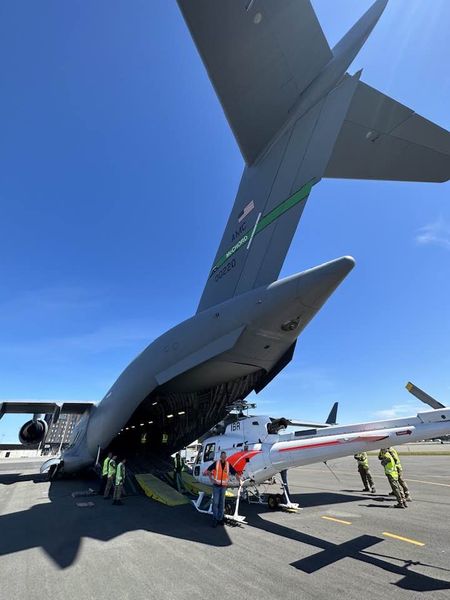
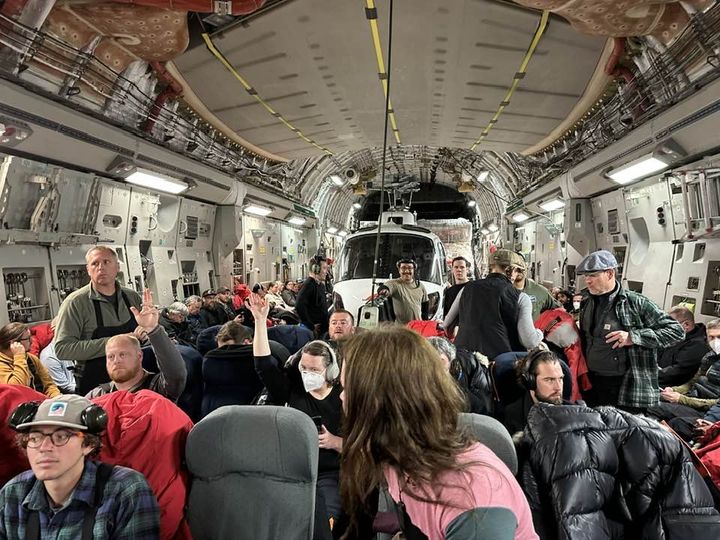
Flying in challenging environments
Helicopters are needed in Antarctica to access regions that would otherwise be unreachable. Ice plateaus, mountain peaks and even active volcano summits are no trouble for the AS350 B3 Squirrel. With the ability to haul one tonne of equipment and carry four scientists with gear, it’s the perfect machine to use in these harsh conditions. The studies that the helicopter enables often span multiple seasons and can involve scientists studying Ice Shelfs, Penguin Counting Surveys or accessing Automatic Weather Stations (AWS), all supporting climate change studies and helping with global temperature modelling.
Specialist Equipment
Working in this environment is difficult, with special equipment needed to protect the people and the machine. When the helicopter is not in use, specialist thermal covers and heat pads are used to prevent the engine and oil from freezing, while the pilot flies in Extreme Cold Weather Clothing (ECWS). During missions to Mt Erebus, pilots must fly with oxygen masks due to altitude, and they are trained in survival techniques and carry three days’ worth of camping supplies. The weather is a major factor in the pilot’s training – with extreme and instant changes a constant factor, it’s those years of experience and is expertise the pilot relies on when making weather calls.
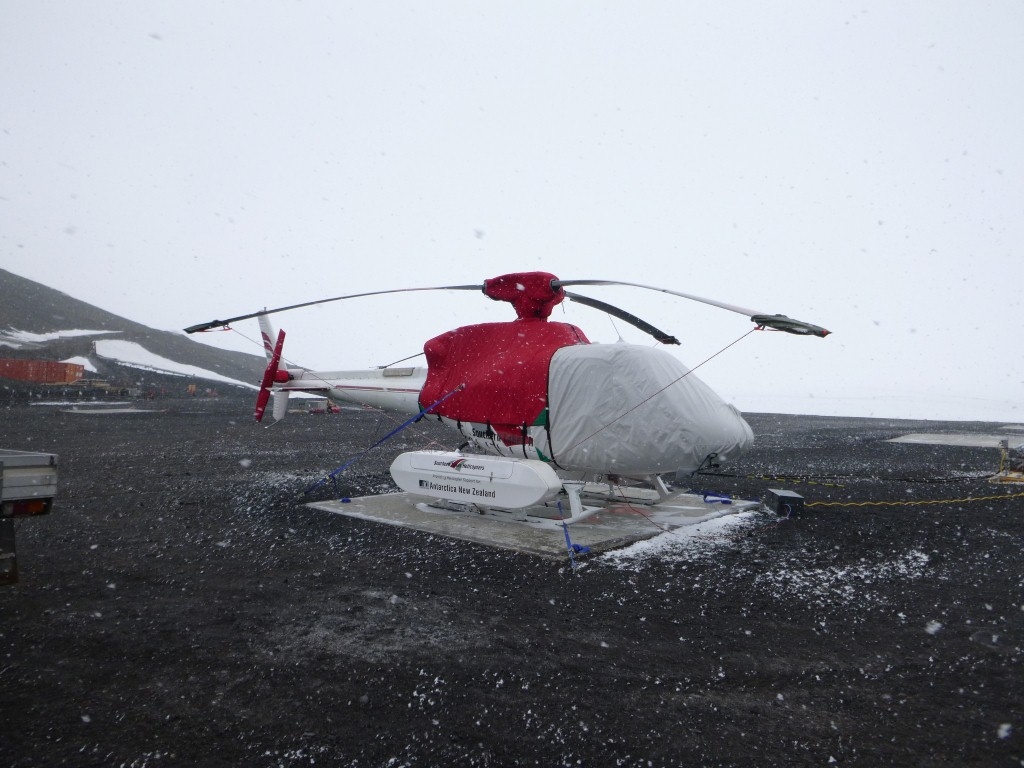
Life in Antarctica
Working six days a week, the crew at Scott Base make the most of their days off. It might be snow hikes, kite skiing or Ice Cave Climbing – there’s plenty of options for adventure outside of work.
At the end of the season, the helicopter along with the pilot and engineer all return to Christchurch inside the belly of a C-17 plane.
Specialist and Commercial helicopter projects
Reach out to learn more about our technical expertise and how we can help you with your next commercial project.

